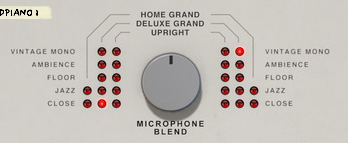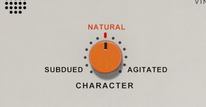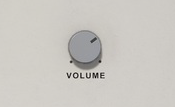Loading and saving patches is done in the same way as with any other internal Reason device, see “Loading patches” and “Saving patches” for details.
With the Low knob set to zero (marked with an ‘S’) playing really soft won’t play back any sound at all. This can be useful if you, for example, want to hold down a chord and then play other keys to introduce the sympathetic resonance effect, see “Resonance”.
The Ambience section features four different reverb types and a Level control. The reverb types are:
|
•
|
|
•
|











